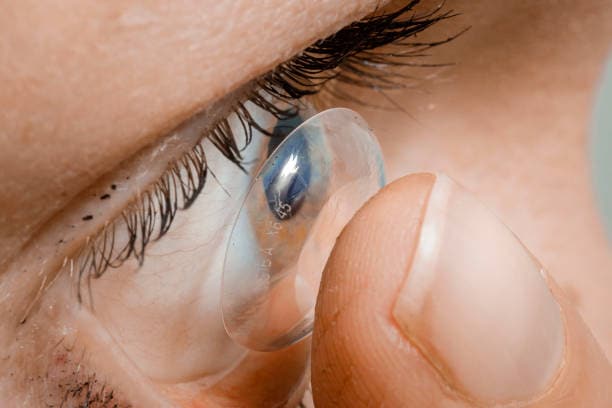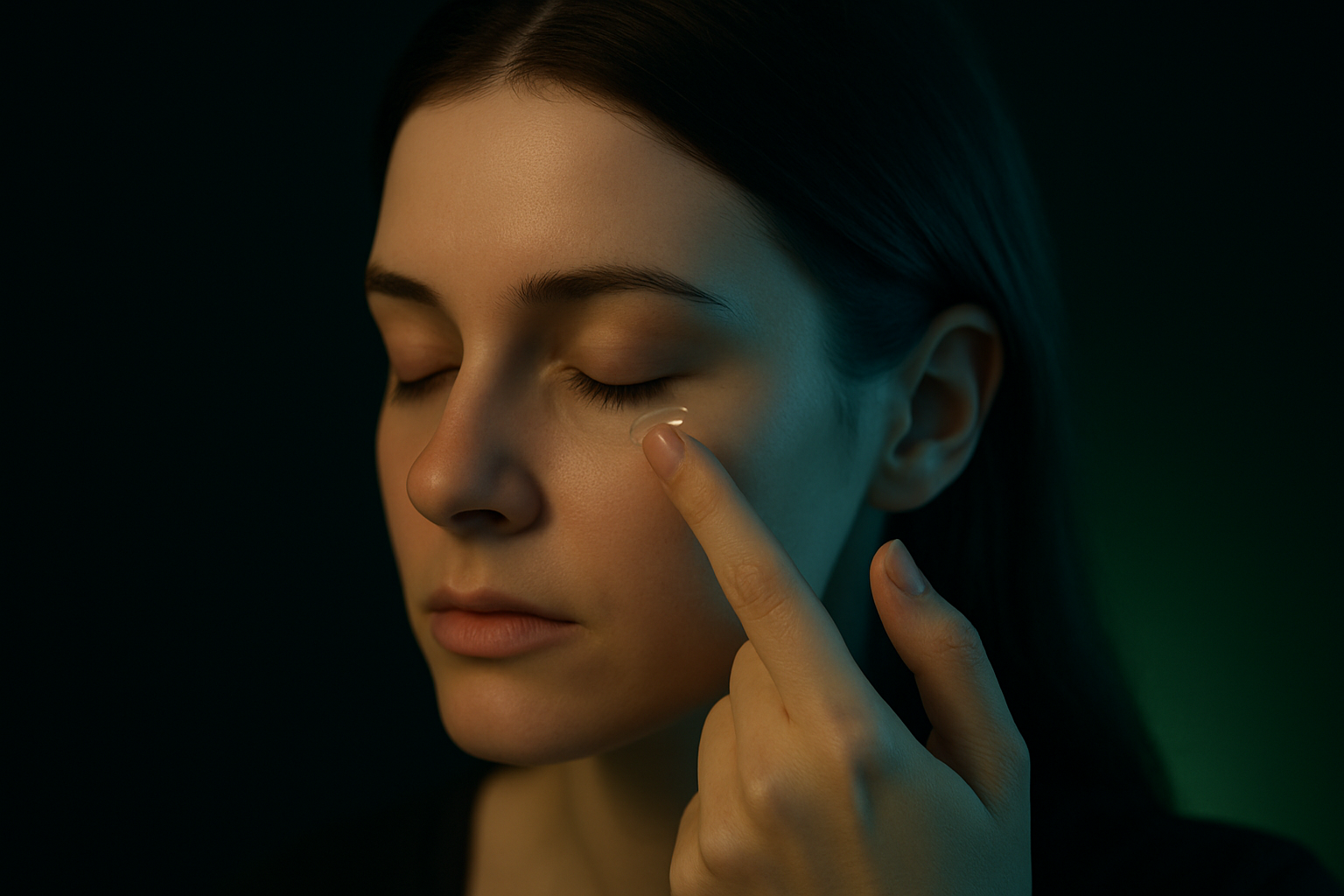Researchers have crafted revolutionary contact lenses that gives users with the extraordinary ability to see in the dark—without the need for a power source or bulky night vision equipment.
In a groundbreaking leap, researchers have crafted revolutionary contact lenses that gives users with the extraordinary ability to see in the dark—without the need for a power source or bulky night vision equipment.

These futuristic lenses, unlike conventional night vision goggles, harness nanotechnology to perceive a spectrum of infrared light invisible to the human eye. In a twist that borders on the surreal, wearers can reportedly see even more clearly with their eyes shut—thanks to the way near-infrared light effortlessly pierces through closed eyelids.
The team behind this astonishing breakthrough hails from the University of Science and Technology in China. They believe these lenses could usher in an era of "super-vision" for humankind.
"Our research opens up the potential for non-invasive wearable devices to give people super-vision," said senior author Professor Tian Xue.
"There are many potential applications right away for this material. For example, flickering infrared light could be used to transmit information in security, rescue, encryption or anti-counterfeiting settings."

The secret lies in specially engineered nanoparticles that absorb infrared light—ranging between 800 and 1600 nanometres—and convert it into wavelengths that the human eye can see. By embedding these nanoparticles into soft, biocompatible polymers commonly used in contact lenses, the team has created a sleek, non-invasive device that merges seamlessly with everyday wear.
Initial tests revealed that subjects wearing the lenses could effortlessly detect Morse code-style signals in complete darkness. And rather astonishingly, their performance improved when they closed their eyes, as the absence of visible light interference enhanced their ability to perceive the encoded infrared messages.
"It's totally clear cut: without the contact lenses, the subject cannot see anything, but when they put them on, they can clearly see the flickering of the infrared light," Professor Xue explained.
"We also found that when the subject closes their eyes, they're even better able to receive this flickering information. This is because near-infrared light penetrates the eyelid more effectively than visible light, so there is less interference from visible light."

The researchers were able to fine-tune the nanoparticles to color-code various infrared wavelengths. For instance, infrared light at 980 nanometres appeared as blue, 808 nanometres as green, and 1,532 nanometres as red. This chromatic encoding enables users to interpret a richer, more detailed image of their surroundings in complete darkness.
Looking ahead, the researchers see potential beyond night vision. This technology could redefine how people with color blindness perceive the world.
"By converting red visible light into something like green visible light, this technology could make the invisible visible for colourblind people," Professor Xue noted.
At present, the lenses detect only infrared signals emitted by LED sources. However, the team is intensifying efforts to improve the sensitivity of the nanoparticles to enable detection of weaker, ambient infrared radiation.
"In the future, by working together with materials scientists and optical experts, we hope to make a contact lens with more precise spatial resolution and higher sensitivity," added Professor Xue.
The findings were published in the prestigious journal Cell, where the authors underscore a profound truth: while visible light comprises only a fraction of the electromagnetic spectrum, over half of solar radiation manifests as infrared—essentially hiding in plain sight.
"Humans wearing [the contact lenses] could accurately detect near-infrared temporal information like Morse code and discriminate near-infrared pattern images," the team wrote.
“Interestingly, humans with [the contact lenses] exhibited better discrimination of near-infrared light compared with visible light when their eyes were closed.”


